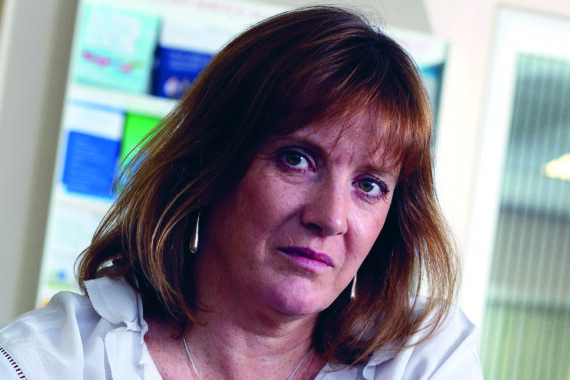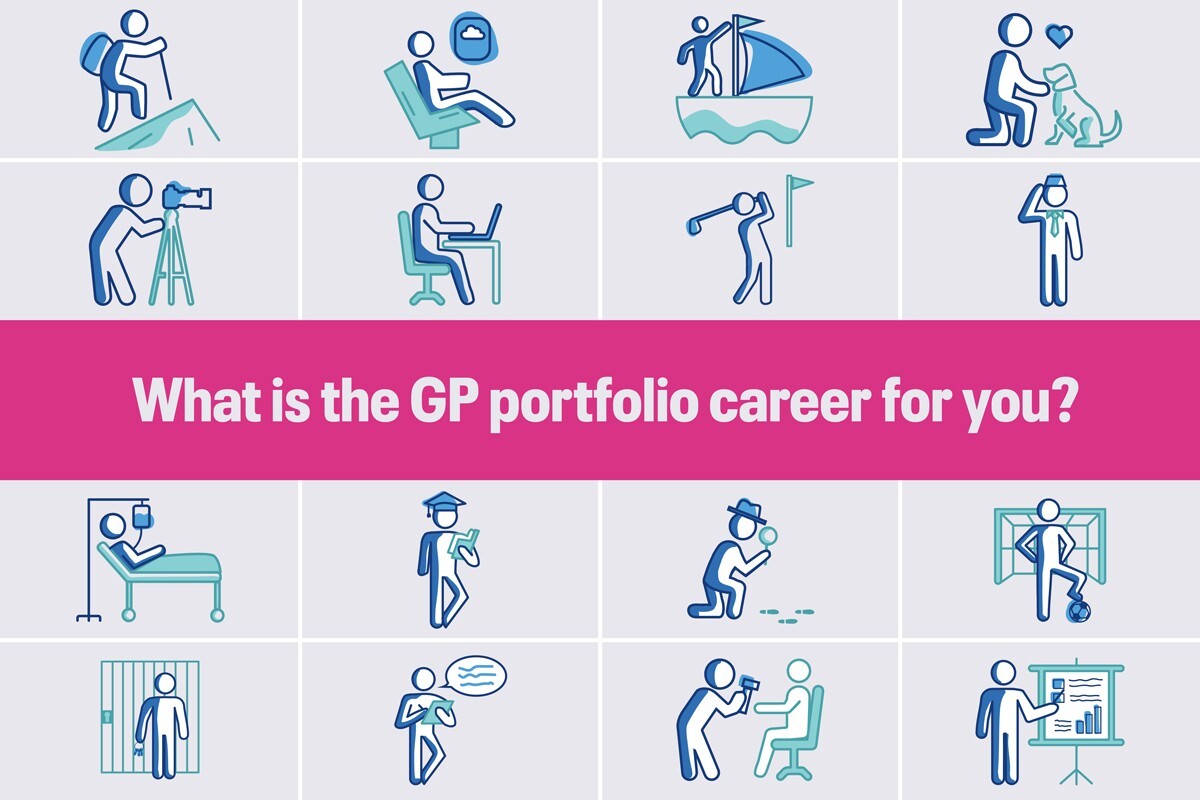‘GP-centric’ 10-year plan ‘won’t come with big bag of money’, says NHS England

The Government’s upcoming 10-year plan for health will be ‘GP-centric’, but will not include huge shifts of funding from secondary to primary care immediately, NHS England’s director for primary care and community services has said.
Speaking at the NHS Confederation conference in Manchester today, Dr Amanda Doyle said that she believes that the future for general practice is ‘positive’, but that money in primary care will be linked to innovation and will be moved gradually.
It is believed that the Government’s 10-year plan is likely to be launched on the anniversary of the establishment of the NHS, on 7 July.
Health secretary Wes Streeting has emphasised that one of the priorities of the plan will be the shift of funding from secondary care to the community – the so-called ‘left shift’.
But Dr Doyle said that any shift in funding will require new ways of working.
She said: ‘We can’t talk about the 10 year plan because it hasn’t yet been signed off, but what we can say is that it is going to be very GP-centric, but it is also going to be very people-centred.
‘I think the future is positive, but we are not going to have more money to do more of the same in the same way. We will never ever have enough money to meet the demand coming through from our ageing, multimorbid patient population by just doing more of the same.
‘So we absolutely have to accelerate some of the innovation we’ve seen around the access space to the whole raft of how we deliver care across primary care. And I think we’ve got to innovate at scale. If we were designing a model from scratch, it wouldn’t look like what it looks like now.’
She added that we will need a ‘significant increase in capacity of our primary and community teams’ to meet population needs.
She said: ‘To do that, the shift left of funding when it comes is not going to come with a bag of money from us saying “here you are, put all of that into primary and community and then funding will have shifted left”.
‘It’s going to come by changing the way we work so that we are shifting demand, activity, resource, staff away from hospitals.’
She cited the example of end-of-life care, and how patient and all health services would benefit from providing palliative care outside hospitals, with patients supported at home.
Dr Doyle added: ‘We can’t just shift from a very acute centric model to one where as if by magic neighbourhoods are perfect and community services are scaled up, but we can do it at a bite at a time. Some of it will be payment mechanisms we do at the centre, but some of it will be hard graft.’
This will involve more at-scale working. She said: ‘I think size matters. However much we wish it doesn’t, I think it does. While we are absolutely committed to protecting partnerships, we’ve got to think about how we commission on a bigger scale.’
Earlier this month, the RCGP suggested that the 10-year plan is likely to be positive for general practice, following discussions with NHS England which were ‘reassuring on retention’, indicating that messaging around the importance of retaining GPs ‘has landed’.
As well as the upcoming 10-year plan, the health secretary has also committed to a ‘refreshed’ NHS workforce plan this summer, which will have a ‘laser-focus’ on boosting GP numbers.
Portfolio careers
What is the right portfolio career for you?

Related Articles
READERS' COMMENTS [4]
Please note, only GPs are permitted to add comments to articles














Cannot have more at-scale working and increase continuity. Care closer to home?: around 500 GP Practices have closed since 2013 and this has had a predictable impact. Instead of at least restoring adequacy, it looks like we’re in for the drip-feeding of money tied to the false horizons of more access (pointless without capacity), more remote care, Google-based self-care, virtual wards and eg referral management targets.
The cheapest and best way to satisfy the increases in older people’s multimorbidity is to provide and free up an actually adequate number of GPs with fewer strings attached; not another radical shift in structural policy and forced activities.
We need basic functionality from IT, not “AI doing the work of doctors and nurses”. We need a coherent national IT structure, with interoperability and capacity behind a thought-driven reliable development structure. It looks to me like consultancies are selling us their client-driven interests with promises way in excess of the “game-changing” realities. If this is where the money is headed then Milburn et al will have failed, and failed the NHS and failed its patients.
I keep hoping, but LP’s key appointments and signs are not good.
Another 4,000 FTE GPs on the ground? Great.
Fully agree, Nick. Dr Doyle and her GP Potemkin village.
“GP-centric”, “innovate at scale”, “laser-focus”……pass me the vomit bag. Labour’s drinking in the last chance saloon.
So a commitment to a “GP centric” 10 year plan with no real financial left shift in essence. So how is that going to work? By “hard graft” says Doyle so in effect goodwill. General practice funding is currently scrapping the bottom of the barrel with barely enough to maintain current services without the current goodwill. Asking for new ways of working and “innovation” is a dead loss and cannot happen given the current position. What is being asked for is more unfunded work with the promise of jam tomorrow but in reality there will never be a financial left shift. Secondary care is too important to fail and will always be bailed out. Have seen this before in over 30 years of NHS remodelling and nothing is going to change. No business model can work without upfront pump priming and expecting general practice to repeatedly do so has resulted in the current dire situation.
There’s pretty much no research evidence that changing the size of the organisation delivering care benefits patients in a major way. Bigger silos are slightly better at administrative efficiency and access. Smaller silos are better at continuity. The patient outcomes are essentially unchanged. Why does this keep being the focus?